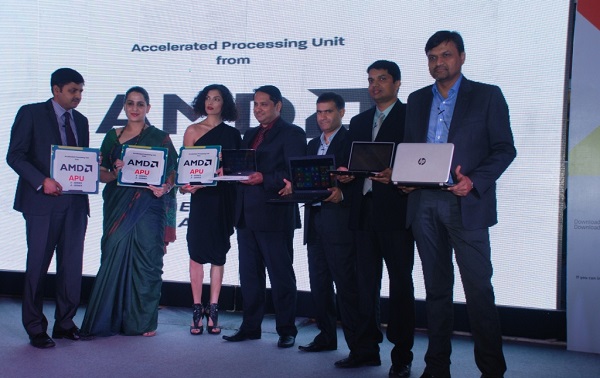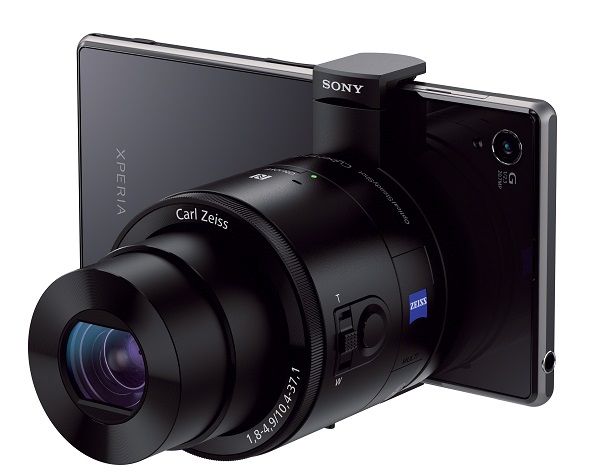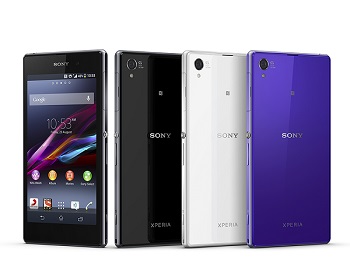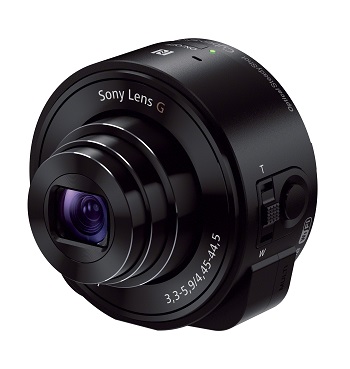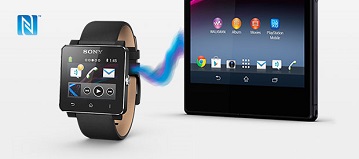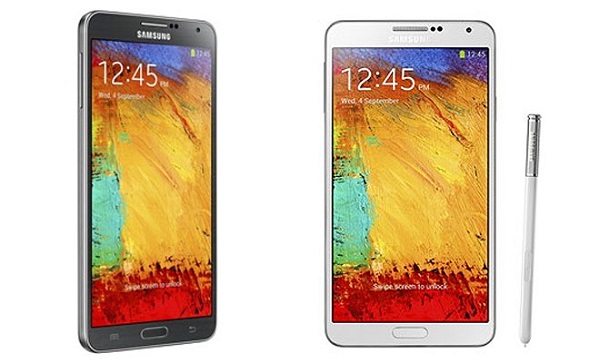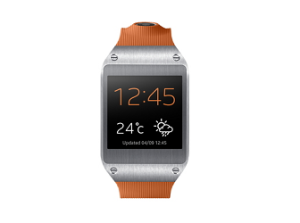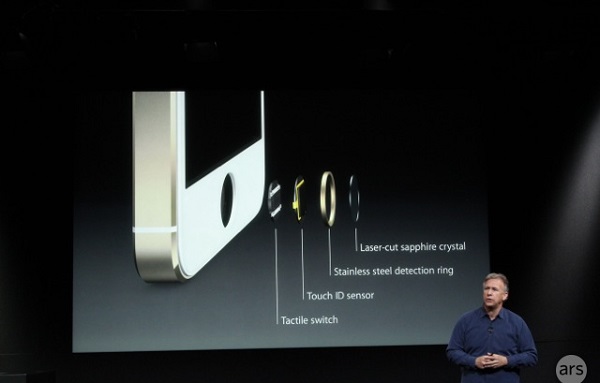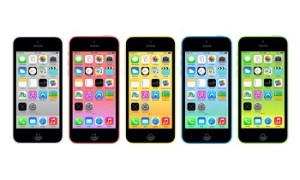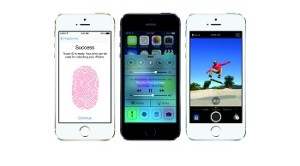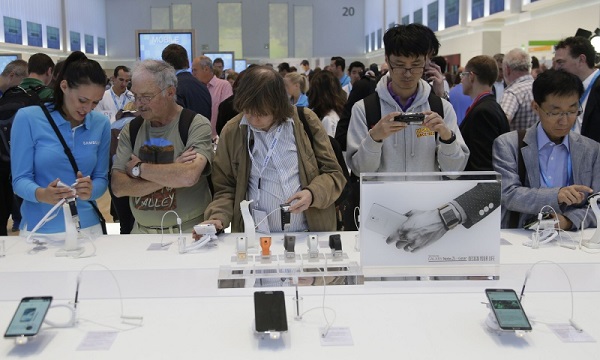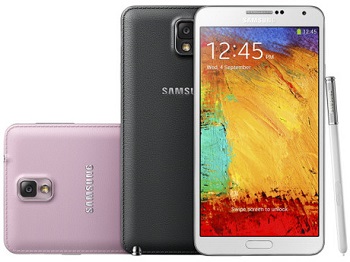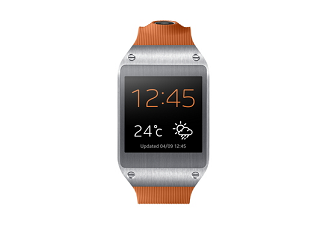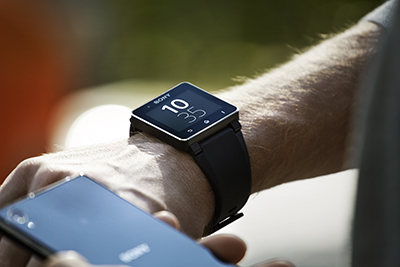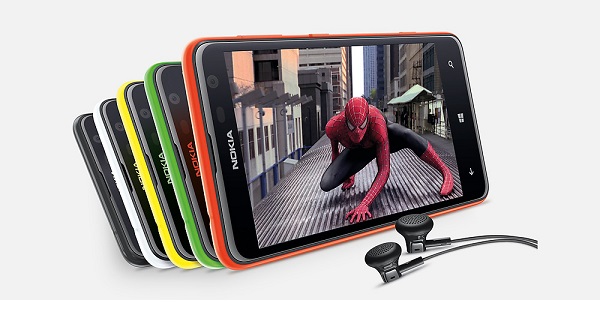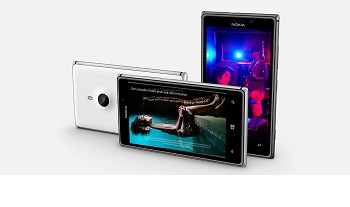We preview two new APUs launched recently by AMD for the Indian market, and what their specs and features mean.
by Manik Kakra
AMD has launched two new Accelerated Processing Units (APUs) for Indian costumers. Both – Mainstream APU, Elite APU and Elite Performance – are quad-core (or dual-core in 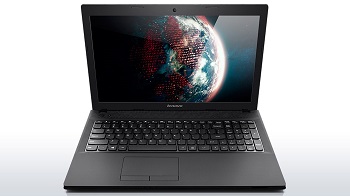 some cases) x86 SoCs.
some cases) x86 SoCs.
Coming to the 2013 Elite Mobility (also known as Temash), it’s a 28nm SoC — dual-core A4, quad-core A6, which is mainly designed for tablets and hybrids. Concentrating on the graphical side, this chipset has got AMD’s Radeon 8000 Series graphics, which, as per the company, gives five times of better GPU performance than its competition. For consumers, this chipset is for Windows laptops, tablets, and hybrids which have full HD (1080p) screens. From the battery point of view, Temash could provide twelve hours of battery life, and that’s what OEM heads confirmed to us. What’s more, AMD says this SoC is ready to be used with laptops running Microsoft’s upcoming Windows Blue OS.
The 2013 AMD Mainstream APU (Kabini) is targeted at low-end, small-form tablets and notebooks. Here, the focus is more on decent performance within a small budget. Having dual-core and quad-core options, this SoC is already used in touch notebooks. Promising 33 per cent better peformance from what the competition provides in this segment, the Maintream APU also claims to give 11 hours of average battery life on your Windows device.
The 2013 Elite Performance is the company’s top-of-the-line product that provides best computing and graphical performance from them. Talking about its power efficiency, the company claims it should give you a battery life of 13 hours on a full single charge, and about 40% better gaming performance that what the competition has got.
Here’s a list of some of the laptops, with their configuration in brief, showcased at the event:
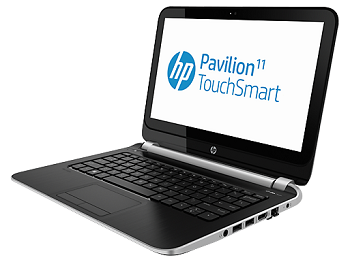 – HP Touchsmart 11 – APU A4-1250, Radeon HD 8210, 4 GB RAM, 11.6-inch touchscreen, Windows 8
– HP Touchsmart 11 – APU A4-1250, Radeon HD 8210, 4 GB RAM, 11.6-inch touchscreen, Windows 8
– HP 1000 – APU E1, Radeon HD 7310, 14.1-inch screen, 2 GB RAM, 500 GB hard disk, Windows 8
– ASUS X552 – APU E1-2100, Radeon HD 8210, 15.6-inch screen, 2 GB RAM, 500 GB hard disk, DOS
– ASUS X102 – APU A4-1200, Radeon 8180G, 10.1-inch touchscreen, 2 GB RAM, 500 GB hard disk, Windows 8
– Lenovo G505 – APU E1-2100, Radeon HD 8210, 15.6-inch screen, 2 GB RAM, 500 GB hard disk DOS
– Acer Aspire – E1-522 – APUA4-5000, Radeon HD 8330, 15.6-inch screen, 2 GB RAM, 500 GB hard disk, DOS
Looking at AMD India’s effort in the last two years, the company seems to be making a lot of progress, and these new offerings in the market could well give them even more loyal buyers.
